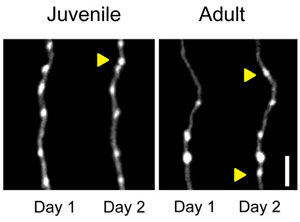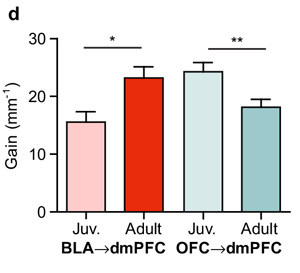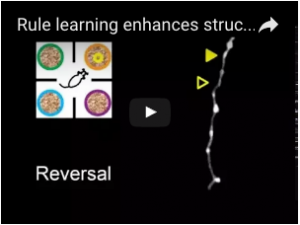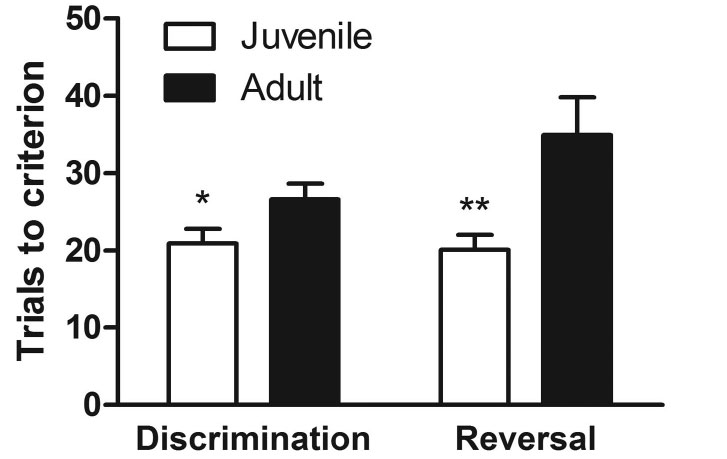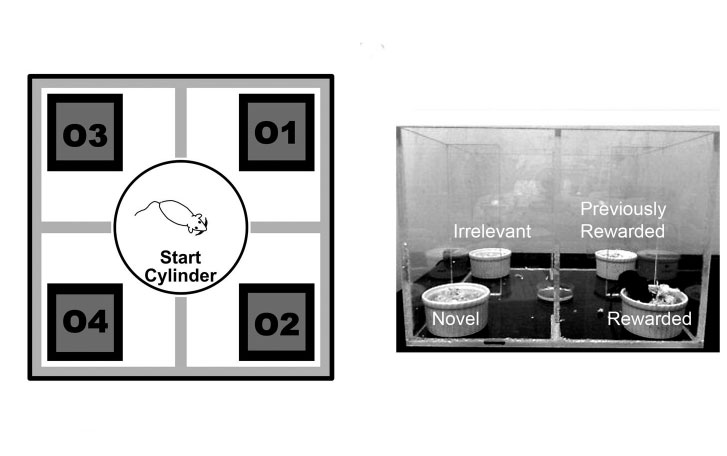Does puberty mark a transition in sensitive periods for plasticity in the associative neocortex?
Postnatal brain development is studded with sensitive periods during which experience dependent plasticity is enhanced. This enables rapid learning from environmental inputs and reorganization of cortical circuits that matches behavior with environmental contingencies. Significant headway has been achieved in characterizing and understanding sensitive period biology in primary sensory cortices, but relatively little is known about sensitive period biology in associative neocortex. One possible mediator is the onset of puberty, which marks the transition to adolescence, when animals shift their behavior toward gaining independence and exploring their social world. Puberty onset correlates with reduced behavioral plasticity in some domains and enhanced plasticity in others, and therefore may drive the transition from juvenile to adolescent brain function. Pubertal onset is also occurring earlier in developed nations, particularly in unserved populations, and earlier puberty is associated with vulnerability for substance use, depression and anxiety. In the present article we review the evidence that supports a causal role for puberty in developmental changes in the function and neurobiology of the associative neocortex. We also propose a model for how pubertal hormones may regulate sensitive period plasticity in associative neocortex. We conclude that the evidence suggests puberty onset may play a causal role in some aspects of associative neocortical development, but that further research that manipulates puberty and measures gonadal hormones is required. We argue that further work of this kind is urgently needed to determine how earlier puberty may negatively impact human health and learning potential.
David J. Piekarski, Carolyn Johnson, Josiah R. Boivin, A. Wren Thomas, Wan Chen Lin, Kristen Delevich, Ezequiel Galarce and Linda Wilbrecht, Does puberty mark a transition in sensitive periods for plasticity in the associative neocortex?, Brain Research, http://dx.doi.org/10.1016/j.brainres.2016.08.042
